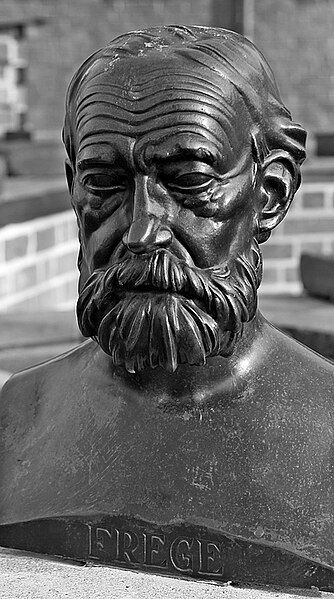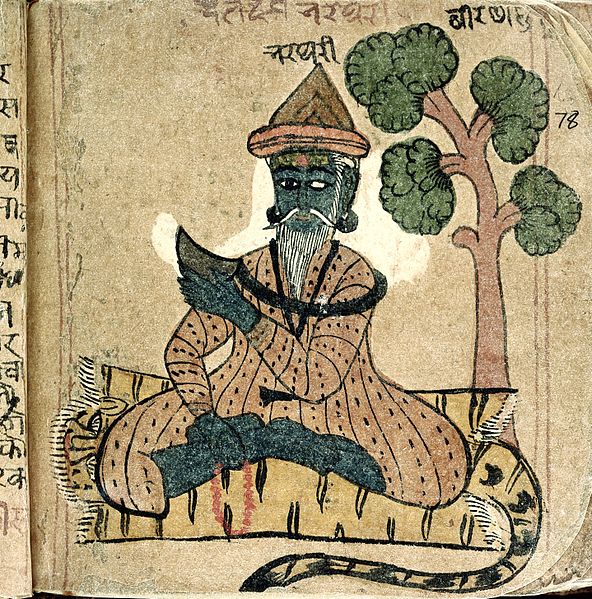Ambiguity is the type of meaning in which a phrase, statement, or resolution is not explicitly defined, making for several interpretations; others describe it as a concept or statement that has no real reference. A common aspect of ambiguity is uncertainty. It is thus an attribute of any idea or statement whose intended meaning cannot be definitively resolved, according to a rule or process with a finite number of steps..
Sir John Tenniel's illustration of the Caterpillar for Lewis Carroll's Alice's Adventures in Wonderland is noted for its ambiguous central figure, whose head can be viewed as being a human male's face with a pointed nose and chin, or as being the head end of an actual caterpillar, with the first two right "true" legs visible.
Which is wet: the food, or the cat?
Semantics is the study of linguistic meaning. It examines what meaning is, how words get their meaning, and how the meaning of a complex expression depends on its parts. Part of this process involves the distinction between sense and reference. Sense is given by the ideas and concepts associated with an expression while reference is the object to which an expression points. Semantics contrasts with syntax, which studies the rules that dictate how to create grammatically correct sentences, and pragmatics, which investigates how people use language in communication.
Semantics is not focused on subjective speaker meaning and is instead interested in public meaning, like the meaning found in general dictionary definitions.
The distinction between sense and reference was first introduced by the philosopher Gottlob Frege.
Bhartṛhari developed and compared various semantic theories of the meaning of words.
Michel Bréal coined the French term semantique and conceptualized the scope of this field of inquiry.






